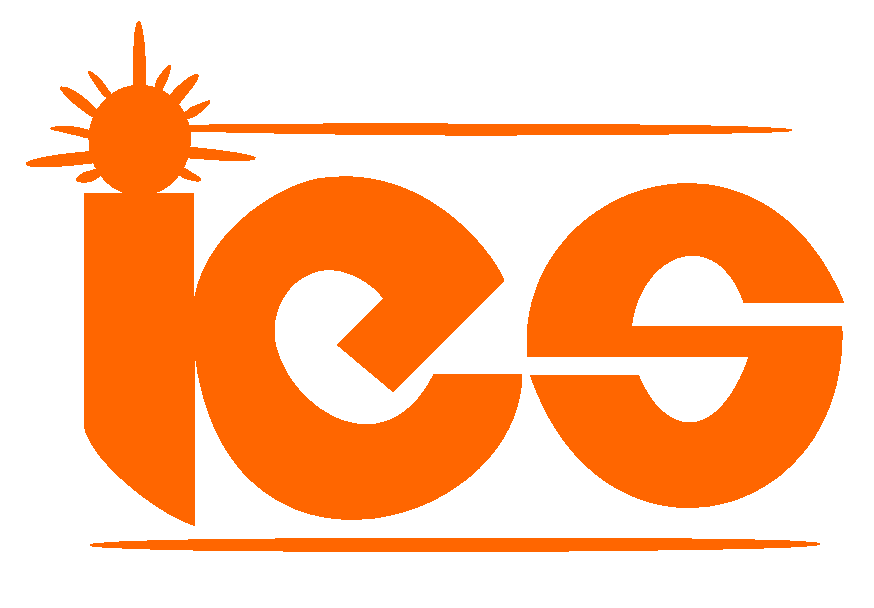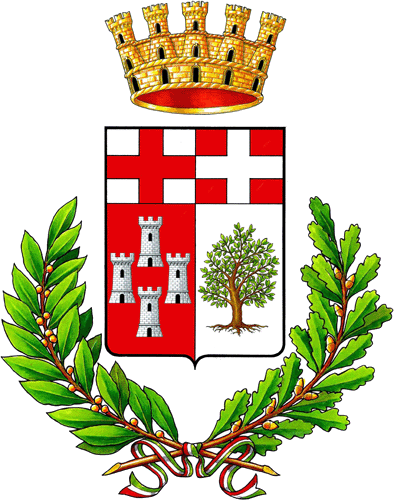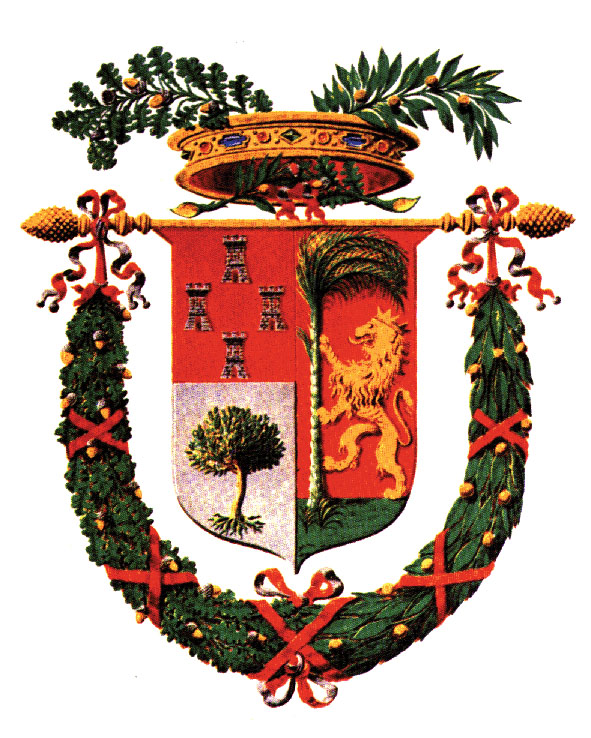Keynotes

Abstract: IoT is a recent concept and refers to much more than identifying object. Beyond the basic object identification, this paradigm may enclose every technology that allows a « thing » in its broad sense (e.g. object, animal, place, individual, etc) to be identified but also connected and sometimes tracked. It finds applications in various fields ranging from inventory to structure monitoring and tracking. However, it is not a plug-and-play technology since its use may raise a large set of challenges, technical of course but also ethical or legal.
In this talk, I will give the definition of the IoT we apply in my group, the methodology we follow to address a new challenge and illustrate it through different practical use cases we set.
Biography: Nathalie Mitton received the MSc and PhD. degrees in Computer Science from INSA Lyon in 2003 and 2006 respectively. She received her Habilitation à diriger des recherches (HDR) in 2011 from Université Lille 1. She is currently an Inria full researcher since 2006 and from 2012, she is the scientific head of the Inria FUN team which is focused on small computing devices like electronic tags and sensor networks. Her research interests focus on self-organization from PHY to routing for wireless constrained networks. She has published her research in more than 30 international journals and more than 100 international conferences. She is involved in the set up of the FIT IoT LAB platform (http://fit-equipex.fr/, https://www.iot-lab.info), the FP7 VITAL or H2020 VESSEDIA projects and in several program and organization committees such as Adhocnow 2018&2016&2015, ICC 2018, Globecom 2018&2017, Pe-Wasun 2017, VTC 2018&2017&2016, WPMC 2017, ICT 2017, infocom workshop 2017, MobiCom 2015, etc. She also supervises several PhD students and engineers.

Abstract: The availability of SMP capabilities targeting embedded systems leads to challenges as developers move from concurrency to true parallelism. Much effort has gone into ensuring that real-time operating systems have correct and predictable concurrency behavior. However, the impact of migrating to SMP extends beyond the RTOS.
Applications could use communication and synchronization techniques on single processor systems that are inappropriate and unsafe on SMP systems. Additionally, there are frameworks designed to ease distribution of work across multiple cores which were not used on single core embedded systems. Further, a real-time embedded system is more than the RTOS.
A correct system must account for real-time predictability constraints in all layers including communications and file systems. It is not enough to focus on schedulability analysis for the threads in a system and ignore how the scheduling of those threads is impacted by the interactions with entities in other priority domains.
Biography: Joel Sherrill received his Ph.D. in computer science from The University of Alabama in Huntsville in 1999. He joined On-Line Applications Research Corporation in 1989 and is currently the Director of Research and Development. He is one of the original developers of the free real-time operating system RTEMS and current project lead. Representing the U.S. Army Research and Development Command, he is a principal author of the FACE Technical Standard (https://www.opengroup.org/face).
He is a senior member of the ACM having joined in 1997 as well as a senior member of the IEEE with membership since 1991. He has been a member of the IEEE Computer Society since 2003, and a member of the IEEE Computer Society Technical Committee on Real-Time Systems since 2011.






